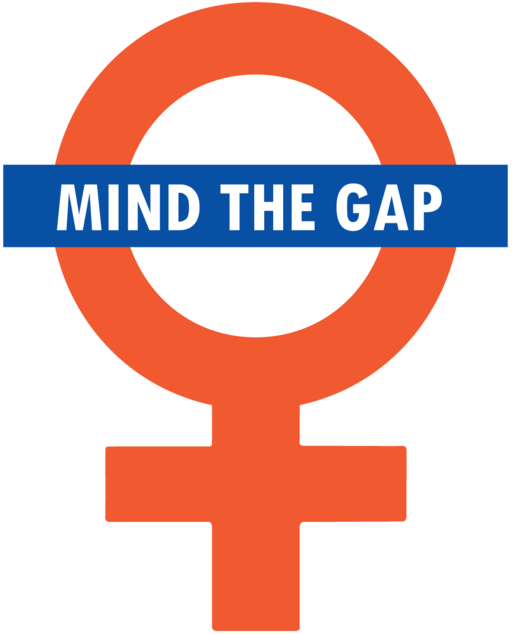
March 22, 2017; New York Times
This article in the New York Times points out that this may be the perfect time for the Metropolitan Museum of Art to search for and hire a woman as director. As readers may remember, the current director has tendered his resignation as of June.
Why a woman? “The Ongoing Gender Gap in Art Museum Directorships,” a study from the Association of Art Museum Directors in partnership with the National Center for Arts Research, reports that a woman runs only one of the 13 largest museums in the United States. It compares the results of a salary survey done in 2017 to the first one done in 2014 and finds that although the proportion of women in leadership at art museums overall has risen from 43 to 48 percent, in institutions with budgets exceeding $15 million, only 30 percent have women in the director position. The higher one goes, the thinner the ranks; of the 20 institutions in the association with the largest budgets, only three have women as directors.
This pattern is not unlike the one in the nonprofit sector overall. “The first step in addressing inequality is acknowledging it,” said Lisa Phillips, director of the New Museum in New York, who initiated the 2014 study and consulted on the new report. “Hard data makes it plain and clear.” Phillips says that the first report provided a “necessary benchmark” that could be used in negotiating salaries, and while the pay for women executives is up five percent at the nation’s largest budget museums, they still make only 75 cents to the dollar when compared to male directors.
In the small and mid-size museums with budgets of less than $15 million, women make only two percent less and are in director positions 54 percent of the time.
Sign up for our free newsletters
Subscribe to NPQ's newsletters to have our top stories delivered directly to your inbox.
By signing up, you agree to our privacy policy and terms of use, and to receive messages from NPQ and our partners.
Executive recruitment firm officer Sarah James sees a reluctance to discuss gender and race directly. “I think people are still scared to engage in the conversation around diversity and what it means because they don’t trust themselves to step in it,” she said. “They just keep quiet, and when you keep quiet, you can’t make progress.”
Lori Fogarty, director of the Oakland Museum of California, suggested that the collaborative style of female directors could be beneficial in larger institutions.
“Museums are incredibly complex organizations where the director is the artistic visionary, the manager of people and finances, the board liaison and the fund-raiser,” Ms. Fogarty said. “More institutions are having to find a collective leadership structure.” Based on her own experiences, she added, “That’s something that many women seem to be comfortable with — and actually want to promote.”
—Ruth McCambridge













